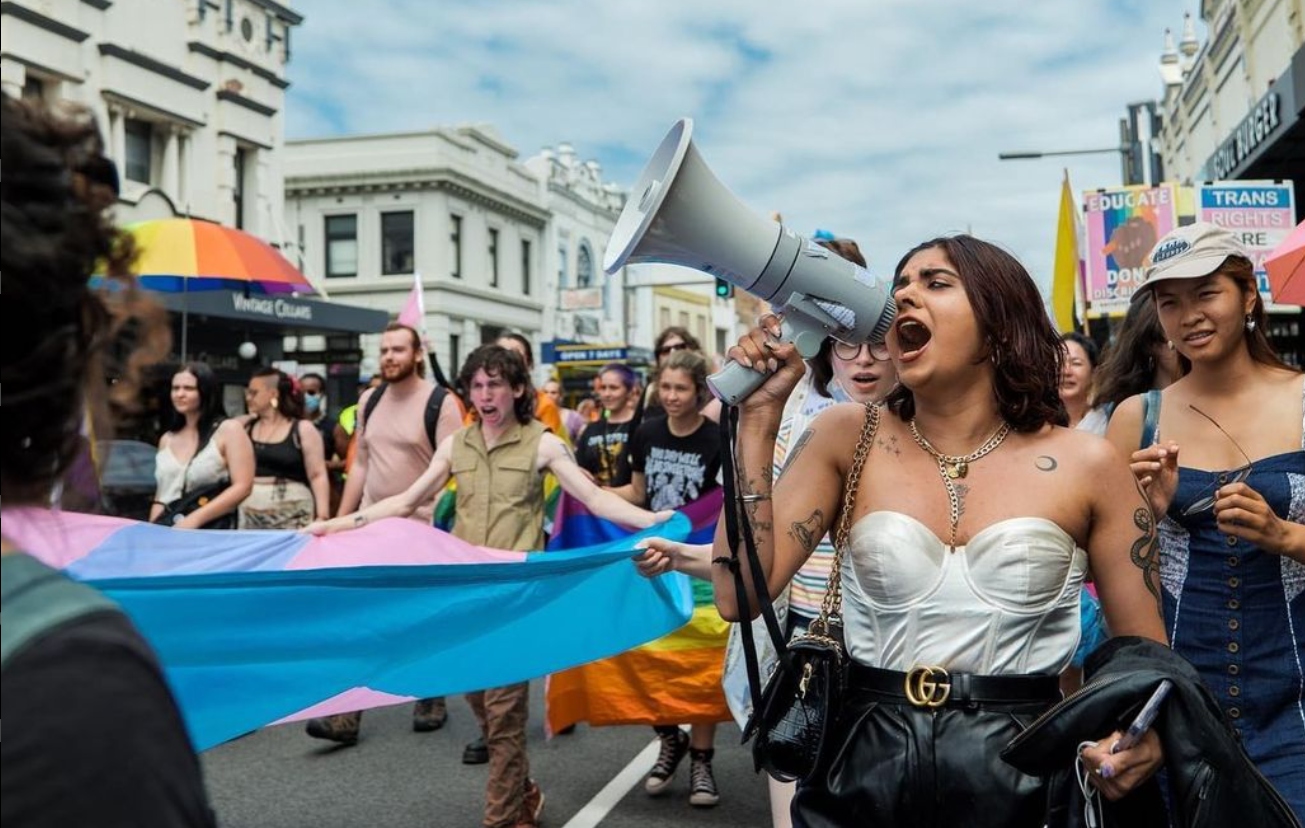

There is widespread anger among the state’s university hierarchy after NSW last week became the first state to sign up to the Gonski school education reforms.
The move represented a win for the Federal Government’s attempt to add $14.5 billion to the public and private school sector over six years.
Other states are now under pressure to reach an agreement with the Federal Government after the Council of Australian Governments (COAG) meeting failed to land a single state or territory signing for Julia Gillard’s proposed plan.
State Minister for Education Adrian Piccoli said NSW had secured an extra $5 billion in funding and resources for classrooms, with the majority going to schools in most need.
“I am proud of this historic reform which builds on our commitment to deliver a world-class education system in NSW,” he said.
The Federal Government is offering the money under a two-for-one deal, which would require states to pay 35 per cent ($5.1 billion) of the reforms.
NSW Premier Barry O’Farrell insisted the widely criticised $1.7 billion cuts made towards education last year will help fund the State Government’s share of the reforms.
“This is a once-in-a-generation opportunity for NSW schools. The NSW Government’s announced education reforms delivering more local decision-making by principals and school communities, focusing on quality teaching, and improving literacy and numeracy standards are consistent with the direction of the Gonski Report,” he said.
Prime Minister Julia Gillard has set a June 30 deadline for state and territories to sign up to the funding reforms, which will take effect next year. It seems the Victorian Government is likely to agree to terms soon. Both Victoria and NSW are to receive a fair share of extra funding under the proposed model.
The Liberal Governments’ in Queensland and Western Australia have so far been unwilling to agree to the reforms without further negotiation. WA Premier Colin Barnett said the offer was “not attractive to WA”.
Moreover, the Labor Governments’ in Tasmania, South Australia and ACT are yet to sign with some questions lingering over the model of the reforms.
While the reforms look set to benefit primary and secondary school children, the most contentious issue remains enacting one of the single largest cuts in recent times to the tertiary education budget.
Critics have lined up against the cuts, insisting that the 2 per cent ‘efficiency dividend’ for university funding will directly affect university staff and students. Fears remain the cuts will result in increased class sizes, less staff and more expensive degrees.
In addition, the cuts will see the removal of the 10 per cent discount on university fees paid upfront, the conversion of student start-up scholarships into a loan and capping tax deductions on work-related self-education at $2000. This has led to claims students will face increasing levels of debt when they graduate.
The vice-chancellors of all of Australia’s 39 universities have spoken out against the cuts and described the negative impacts that will result.
The Chancellor of the University of NSW and the man who bears the name of the reforms, David Gonski, was critical of the cut to universities to fund the scheme.
“As chairman of the review of school funding, set up by the Federal Government, my fellow panellists and I were not asked to consider how our final recommendations should be funded,” he said.
“As Chancellor of a leading Australian university… I fervently believe in and will continue to advocate that increases be made in funding the university sector – to ensure Australia is able to provide quality teaching and research in its universities.”
The acting Vice-Chancellor of the University of Sydney, Stephen Garton, has claimed “every discipline in higher education is already underfunded” and universities will struggle to cope with a demand-led system, which has created an extra 150 000 extra student places since 2007.
University of Sydney student and a member of the Education Action Group (EAG), Erima Dall, reflected wider student sentiment in stating the cuts are due to the failure of the Gillard Labor Government.
“This issue goes well beyond the tertiary education sector. It is about the deep conservatism of this Labor Government … they have cut university budgets and cut single parents payment, yet they won’t implement a decent tax on super profits to properly fund their budget shortfalls,” she said.
The EAG again protested last Wednesday outside Labor Minister Tanya Plibersek’s office with a crowd estimated to be around 100.
Ms Plibersek responded to these protests by insisting that under the Labor Government, Commonwealth funding has increased by 50 per cent and all universities are being asked for is merely a slight moderation over two years.
“Excellence in our universities relies on excellence in our schol classrooms, which is why the government is ensuring our vital school reforms can be funded,” she said.
The National Union of Students and the National Tertiary Education Union have also called for a National Day of Action on Budget Day on May 14, where it is anticipated that university students across the country will rally against the tertiary education cuts.









